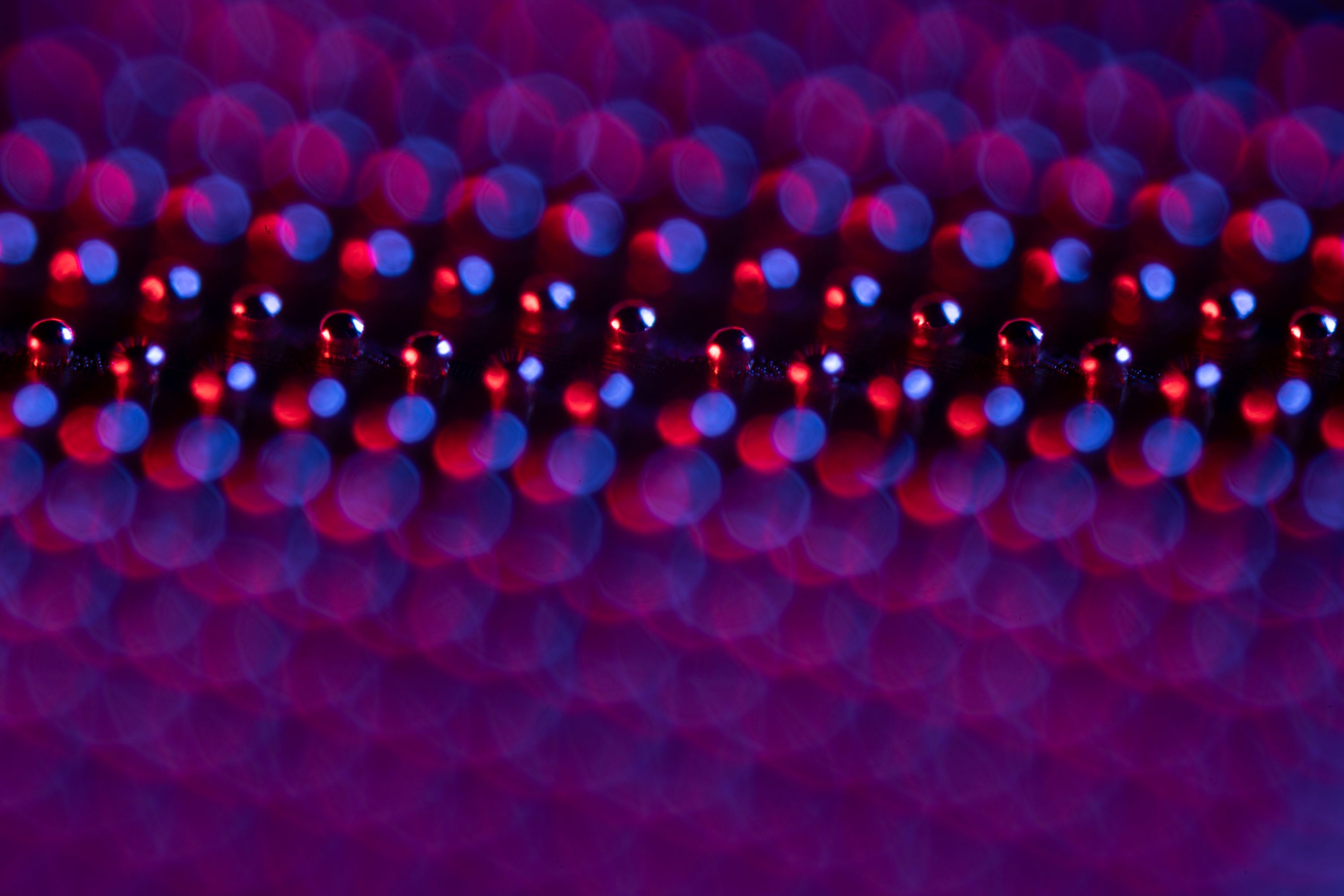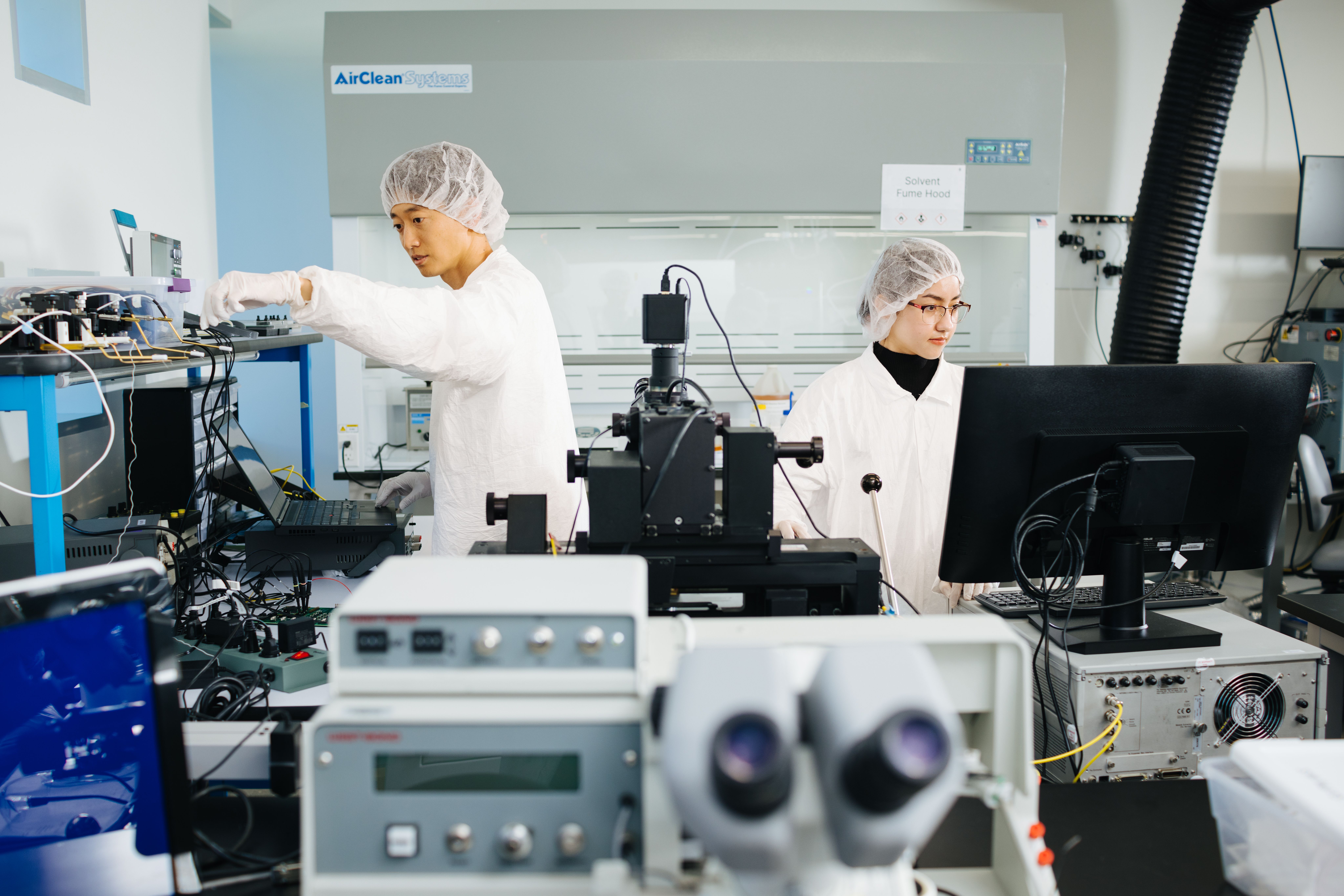Documentation
Access detailed Pixel 16K product specifications, including information about its architecture, electrical interface, packaging, and downloadable resources.
DocumentationThe Pixel 16K chip is a low-power passive LED driver with 7-bit brightness control capable of delivering optogenetic stimulation to orders of magnitude more neurons than electrode-based stimulation methods. Its rich set of configuration options and small footprint enable a wide range of in-vivo and in-vitro applications, ranging from advanced imaging tools to high bandwidth neural interfaces.
With high pixel density, built-in safety mechanisms, adjustable timing controls, and tunable drive settings, the Pixel 16K is tailored to meet the needs of any design, and is especially well suited for microLED arrays. Containing circuitry to drive 16,384 pixels with ultimate flexibility in a footprint merely 6.5 mm2, the Pixel 16K offers unparalleled precision and performance for next-generation technologies.
Access detailed Pixel 16K product specifications, including information about its architecture, electrical interface, packaging, and downloadable resources.
Documentation128 Row Drivers x 128 Column Drivers
285-BGA
Learn more


Science Corporation provides Pixel 2K chips to select academic, research, and commercial collaborators. If you have an interesting application for our technology in neuroscience or beyond, learn more about collaborating with Science Corporation.
Collaborate with ScienceIntuitive and comprehensive suite of tools to design, program, and run neuroscience experiments.
Electronics that process, store, and transmit signals between probes and the network.
Tissue-contacting elements designed for high precision detection and stimulation of neural signals.
Manufacturing, assembly and packaging of micro scale MEMS and IC devices.
